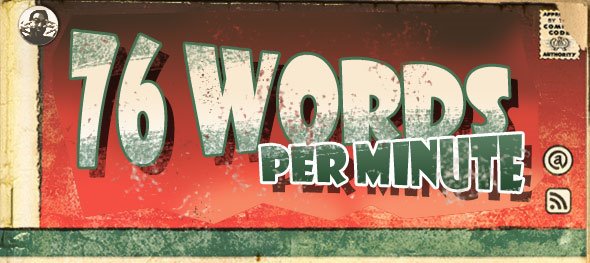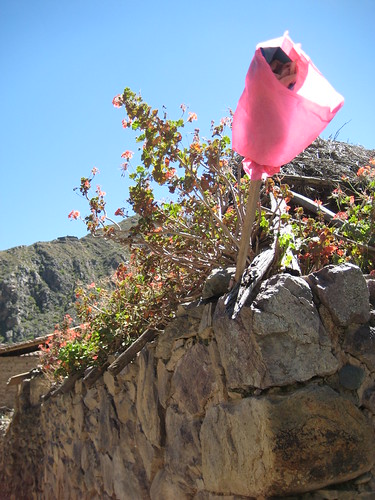Cuzco was beautiful, but we'd be back in a few days. This day, we were on a guided tour of the Sacred Valley. Our guide first drove us out from the deep Cuzco valley and up into the hills before venturing back down towards the small town of Pisac. Our final destination for the day would be the ruins at Ollantaytambo, but we would make a few stops on the way, mostly to discuss the origins of Cuzco city and the importance of the Sacred Valley.
The Sacred Valley itself lies in between Cuzco and Aguas Calientes and acts as a good mid-point for all travelers on their way to the city in the sky, Machu Picchu. We heard tell of the grand flea market at Pisac, but seeing as the mercado only takes place on Sundays, and since we were there on a Wednesday, we didn't get to see it in all its hectic majesty. Instead, we were treated to a short walk around the city and the smaller local market, replete with Inca streets and ramshackle doorways.
Typical of "Old Peru" the cobblestone streets are dusty and narrow. The locals walk about carrying whatever goods they can on their backs in colorful, woven blankets, aware of the tourists, and always friendly. Between the ancient aqueducts and the watchtowers built into the adjoining hills, posts adorned with colorful tissue paper signified the presence of homemade Chicha for sale, Chicha being the corn-based alcohol of choice for most rural Peruvians. Braving the unknown, G and I are treated to some of this Backyard Chicha (strawberry flavored!) and reminded that although it is an alcohol it is still water-based including all the strange bacterias and who-knows-what that come with it. We sip it from rinsed glasses, staring at a herd of guinea pigs nesting in the dirt-floor of the kitchen, a small wood-burning stove blazing in the background. Luckily, we don't consume enough to cripple us for a day. Luckily still, it was delicious.
Ollantaytambo, the ruins just outside of Pisac were a small sampling of things to come, was a short and moderate climb in the high altitude. "Training." our guide told us. Mild training, truthfully, but our short legs and lung capacity suffered slightly. We gawked at the architecture, marveled at ancient feats of engineering, touched the sharp, sculptured stone angles, and learned many, many things about the valley's significance to the Inca. We also learned, however, that Ollantaytambo was not exactly an Inca ruin, but was still a key position protecting the Amazon and all its resources from interlopers. From the top of the ruin, one could see an ancient road, still apparent, stretching down one mountainside and up another, along which the ancient peoples of Ollantaytambo would transport giant boulders of red granite to build key portions of a temple.
And still, this is not the eye-opener of our trip.
Thursday, May 22, 2008
Sampling Chicha in Pisac - Peru Day 3
Subscribe to:
Post Comments (Atom)



No comments:
Post a Comment